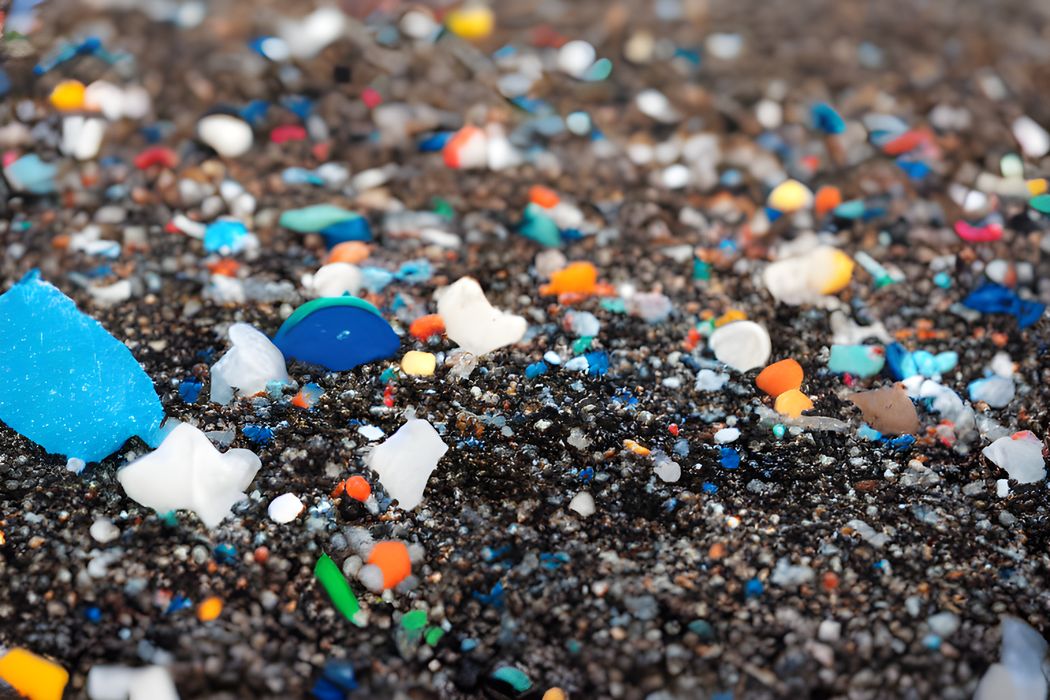
A development in the microplastics situation has arisen, which could eventually be of interest to 3D printer operators.
The world is awash in microplastics, which have now been found not only blowing around the entire surface of the planet, but also embedded in our very bodies. It’s unclear what long term exposure to the chemicals in these plastics may do to human health, but I suppose we will be finding out in coming years.
3D printers produce copious amounts of waste polymers, and without proper recycling approaches that waste ends up in landfills or oceans and ultimately breaks down into microplastics. Every 3D print you make eventually will become microplastics because there’s no other outcome.
The microplastic crisis is growing in attention, and there’s now significant focus on the problem. Researchers are seeking a number of ways to counteract the problem, particularly in the sue of recycling or designs of the plastics so that they decompose naturally.
Natural decomposition is desirable, but I saw an interesting discovery. You may be aware of the Great Pacific Garbage Patch? It’s a massive zone of floating plastic waste that has accumulated from decades of mostly unethical dumping. It’s often cited as something that must be cleaned up.
However, researchers have discovered there is now a marine fungus that is living in the garbage patch and eating some of the plastic. Even more surprising — to me — is that this is the FOURTH such fungus yet discovered.
It seems that nature is beginning to the work of cleanup by evolving natural mechanisms to make use of the waste materials, or at least some of them.
According to a report on Futurisim:
“According to the study, it’s the fourth known marine fungus capable of consuming and breaking down plastic waste. Researchers found that P. album was specifically able to break down UV-exposed carbon-based polyethylene, which is the type of plastic most commonly used to make consumer products, like water bottles and grocery bags — and the most pervasive form of plastic waste that pollutes Earth’s oceans.”
This suggests that this particular fungus makes use of PET / PETG, a common 3D printing material.
Could this newly discovered fungus be somehow adapted into a PETG recycling system for 3D printer operators?
While that may sound like an attractive proposition, it’s likely not feasible. According to the report, the fungus was able to digest only 0.05% of the plastic mass per day, suggesting that it could take at least 2,000 days to eliminate a chunk of PETG. That’s probably too slow for a recycling device, but might be more feasible if scaled industrially. However, the rate is so slow that it probably wouldn’t keep up with the production of materials.
Nevertheless, the presence of a plastic-eating fungus is intriguing: could biologists tweak the design of the fungus to be more effective? I’m sure someone is already working on that.
Via Futurism
